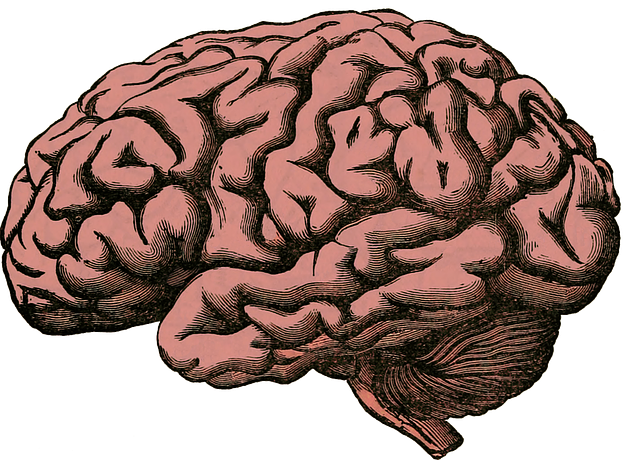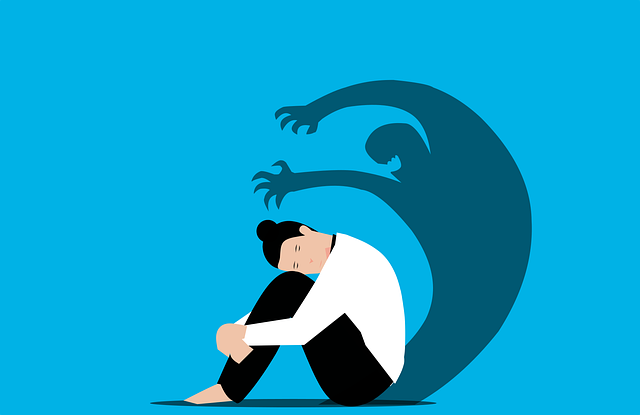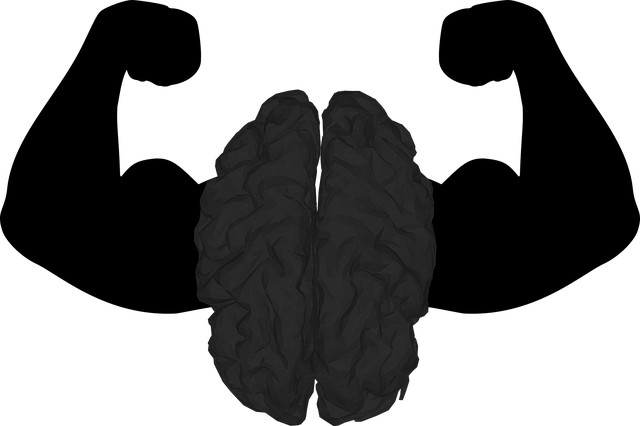Mindfulness meditation is a powerful tool for adolescent teens with Attention-Deficit/Hyperactivity Disorder (ADHD) or Attention Deficit Disorder (ADD), offering a non-judgmental approach to managing symptoms. It helps regulate attention, control impulsive behaviors, manage stress, and promote overall well-being. For professionals, integrating mindfulness practices into therapy sessions enhances resilience, self-awareness, academic performance, social interactions, and mental health. Regular practice may also prevent burnout among mental health professionals supporting these teens. Starting with short, guided sessions (5-10 minutes daily), accessible through apps, teens can learn techniques like breathing exercises or body scans. Effective communication about this practice with parents fosters understanding and support, contributing to positive behavioral changes. Overcoming challenges by incorporating diverse meditation techniques and self-awareness exercises enhances the therapeutic effects, aiding in depression prevention and empowering teens to manage their mood and overall well-being during ADD-ADHD evaluations.
“Unwind your mind and discover a powerful tool for adolescent mental health—Mindfulness Meditation. This comprehensive guide explores how mindfulness can be a transformative therapy for teens with ADD/ADHD, offering a natural alternative to traditional evaluations. Learn about the profound benefits of regular practice, from improved focus to enhanced emotional regulation. We provide practical tips and techniques to get started, along with strategies to overcome challenges, ensuring consistent meditation habits. Empower yourself and your teen to navigate the journey towards inner calm.”
- Understanding Mindfulness Meditation for Teens with ADD/ADHD
- Benefits of Regular Practice: A Comprehensive Guide
- Getting Started: Practical Tips and Techniques
- Overcoming Challenges: Strategies for Consistent Meditation
Understanding Mindfulness Meditation for Teens with ADD/ADHD

Mindfulness meditation has emerged as a valuable tool in supporting teens with Attention-Deficit/Hyperactivity Disorder (ADHD) or Attention Deficit Disorder (ADD). It offers a unique and non-judgmental approach to managing symptoms, which can often be challenging for adolescents dealing with these neurodevelopmental conditions. By encouraging present-moment awareness, mindfulness helps teens learn to regulate their attention, control impulsive behaviors, and manage stress, all of which are essential aspects of their overall well-being.
For professionals working with this demographic, integrating mindfulness practices into therapy sessions can be a game-changer. It allows for a more personalized and engaging treatment experience, addressing not only the symptoms but also fostering resilience and self-awareness. The benefits extend beyond the therapeutic setting, as these skills can enhance academic performance, social interactions, and overall mental health. Moreover, regular mindfulness practice may even contribute to burnout prevention among mental health professionals who support teens with ADD/ADHD, promoting sustainable and effective care through evaluations and risk assessments.
Benefits of Regular Practice: A Comprehensive Guide

Regular mindfulness meditation practice offers a plethora of benefits for adolescents and teens, especially those navigating challenges like ADD/ADHD. By dedicating just a few minutes each day to this ancient technique, young individuals can experience improved focus, enhanced self-regulation, and better emotional responses—all vital components in their evaluations and overall well-being. This practice serves as a powerful tool for self-esteem improvement, helping teens to develop a deeper sense of calm and clarity.
Moreover, mindfulness meditation has been shown to be an effective therapy for depression prevention and emotional well-being promotion techniques. It encourages present-moment awareness, enabling teens to detach from negative thoughts and emotions, fostering resilience and a more positive outlook. This simple yet profound practice can be a game-changer in managing stress, anxiety, and even ADHD symptoms, ultimately supporting the holistic development of adolescent minds.
Getting Started: Practical Tips and Techniques

Starting a mindfulness meditation practice can feel daunting, especially for adolescent teens navigating life with ADD/ADHD. However, incorporating this therapy into your daily routine offers significant benefits for mental health and overall well-being. A great first step is to begin with short, guided sessions—just 5–10 minutes a day can make a difference. There are numerous apps designed to help teens get started with simple techniques like focusing on the breath or body scans, making it an accessible and engaging process.
Consider incorporating mindfulness into your self-care practices. Regular meditation can improve concentration, reduce stress, and enhance emotional regulation—skills crucial for managing ADD/ADHD symptoms. Additionally, establishing a consistent self-care routine can support adolescents in developing healthy habits that positively impact their mental health. Effective communication strategies with parents or caregivers during this practice can also foster understanding and support, creating an enabling environment for lasting behavioral changes.
Overcoming Challenges: Strategies for Consistent Meditation

Overcoming Challenges is a significant aspect of establishing a consistent mindfulness meditation practice, especially for adolescents navigating ADD/ADHD evaluations and seeking therapy. One of the primary hurdles is maintaining focus during sessions. Teens often face distractions from everyday pressures like schoolwork, peer interactions, and technology. To counteract this, it’s beneficial to incorporate short, guided meditations into daily routines. Starting with just 5–10 minutes a day can help build endurance and make meditation feel more manageable.
Another strategy is to offer diverse meditation techniques tailored to individual preferences. Some teens might find calmness through nature sounds or music, while others may prefer moving practices like yoga or tai chi, which integrate mindfulness into physical activity. Additionally, integrating Self-Awareness Exercises can foster understanding of one’s thoughts and emotions, enhancing the therapeutic effects of meditation. This proactive approach not only aids in Depression Prevention but also empowers teens with tools to manage their mood and overall well-being.
Mindfulness meditation offers a powerful tool for adolescent teens with ADD/ADHD, providing them with a way to manage symptoms and improve overall well-being. By integrating regular practice into their routine, teens can enhance focus, reduce impulsivity, and develop emotional regulation skills. With the guidance provided in this article—from understanding mindfulness, reaping benefits, getting started, overcoming challenges, to practical tips and techniques—adolescents with ADD/ADHD and their evaluators can navigate the path towards a calmer mind and brighter future. Incorporating mindfulness into therapy can be a game-changer, enabling teens to thrive despite symptoms and empowering them with valuable coping mechanisms for life.








